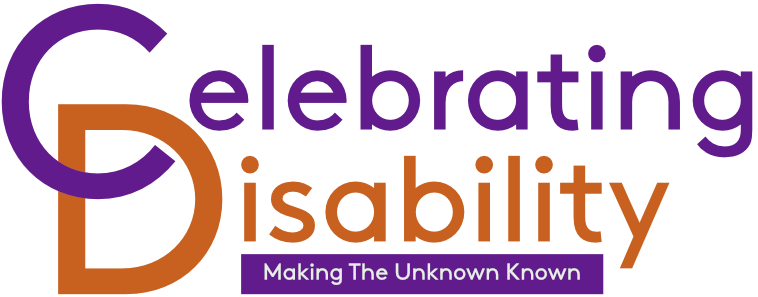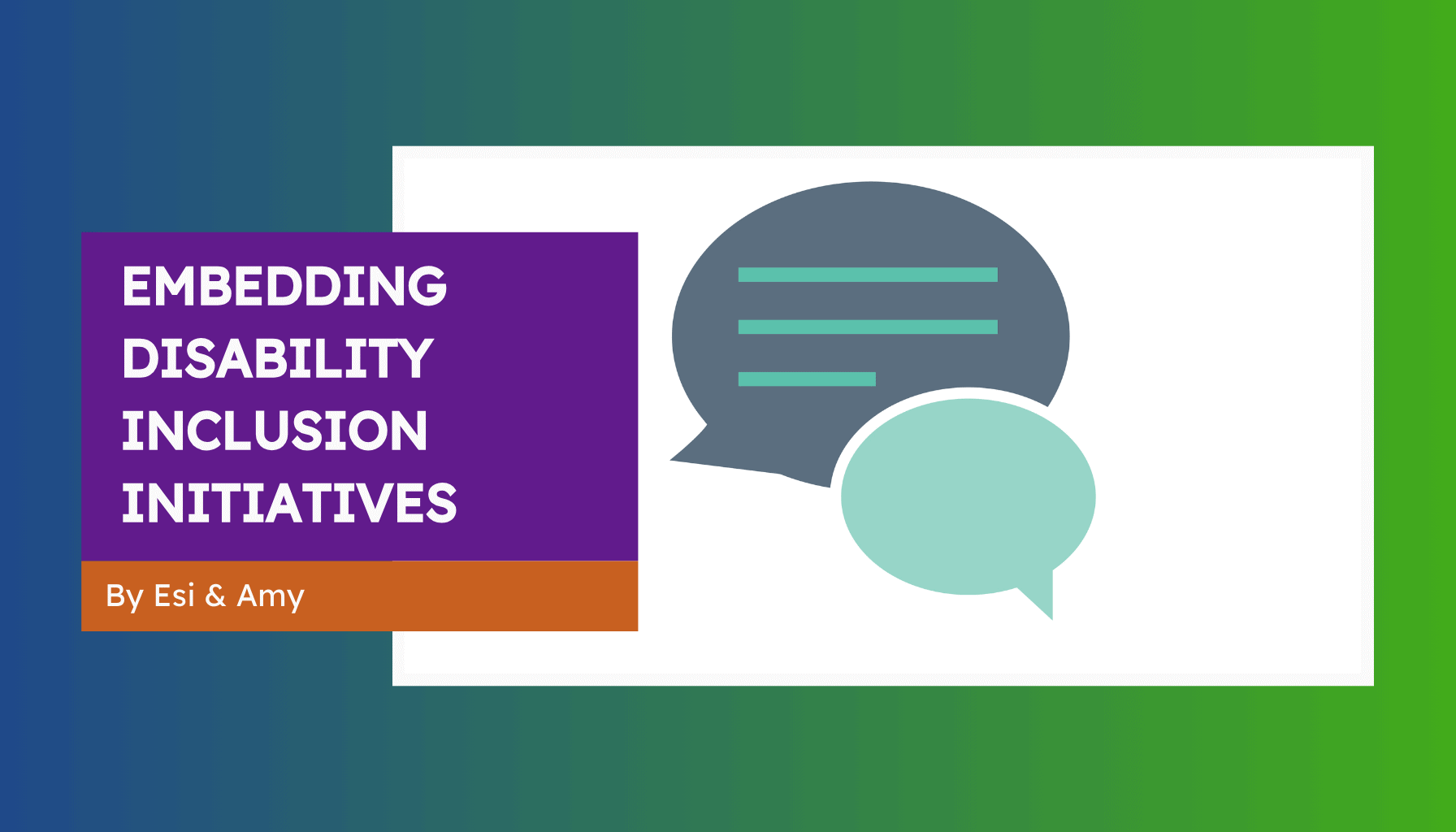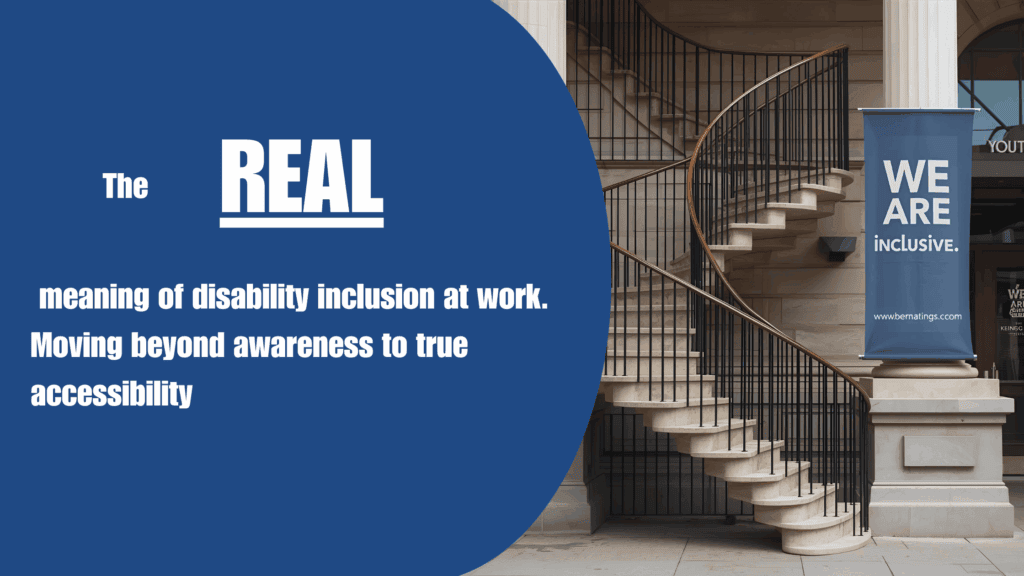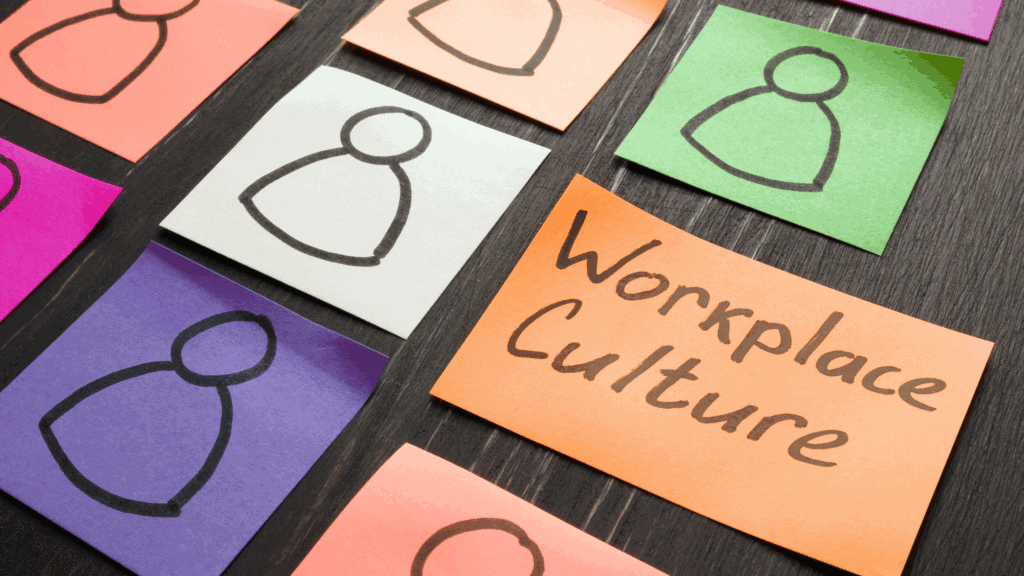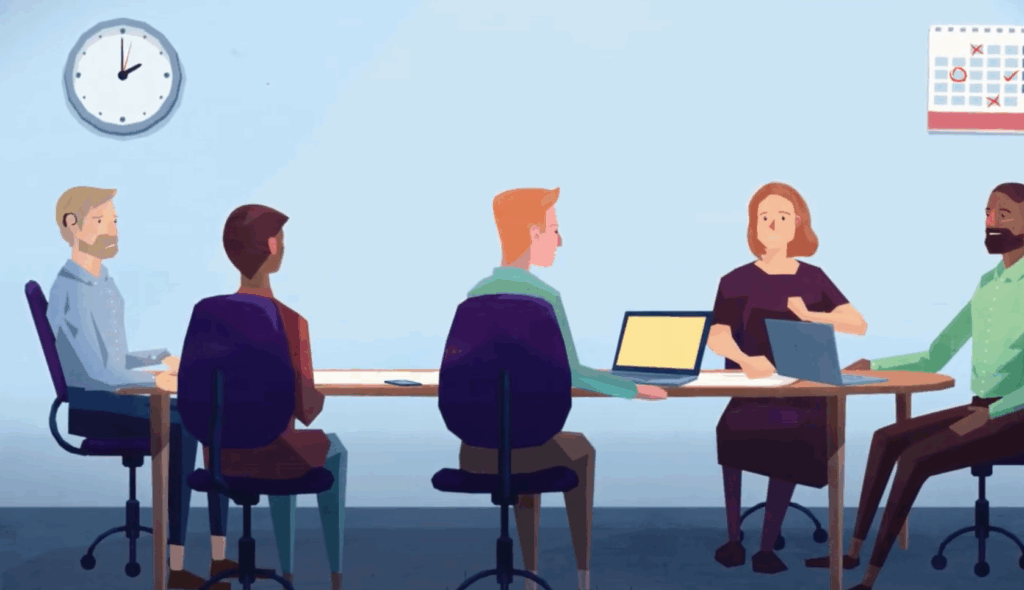Embedding disability inclusion into your workplace is not just a policy; it is about people. At Celebrating Disability, we believe in practical, tailored support that enables disabled employees to contribute confidently and feel valued in their work. To make this a reality, people within the workplace need to feel confident, safe, secure, and knowledgeable to make the inclusive culture a reality for everyone.
We understand that disability inclusion learning does not stop at the end of the training session. To truly embed disability inclusion into your workplace, the work must continue to ensure that the delegates and participants have the time, resources, and information needed to practice, learn, and adopt the behaviours needed to be inclusive of disabled people.
We can provide the resources, but having the opportunity to read and use them is different. We know that after delegates leave a disability inclusion training session, they return to their jobs: the pressures, priorities, and objectives don’t necessarily align with what they have learnt within the training session.
Therefore, this blog will explore initiatives and disability inclusion resources that you can implement to support your employees and colleagues in continuing their learning beyond the training, whether you have engaged in a disability inclusion training session, a talk, a gap analysis assessment, some e-learning, or anything else.
Understanding your delegate outcomes will enable them to embed disability inclusion
Step one is to understand the outcomes that your delegates have worked towards within their training session. This may seem obvious, but it’s essential that if colleagues and employees receive the right support in their workplace, their managers and the organisation must understand what they have achieved and what they now have to do to implement their learning.
This does not mean that you have to know everything they now know. However, grasping the overall actions they need to take to achieve their goal will support your employees’ achievement.
When we deliver training, Celebrating Disability provides learning handouts to line managers, enabling them to understand what has taken place within the training session and, therefore, what new knowledge and skills have been gained.
Providing opportunities and time to practice
Providing your employees with the opportunity, time, and space to practice their new skills will help them hone them, ensure they do not forget what they have learnt, and remain confident in their implementation.
This may include:
- Role-playing opportunities,
- Drip-fed resources that are provided at intervals after the training session,
- Dedicated time per month that enables delegates to practice their new skills or to continue their learning,
- Consultancy or “mentoring” sessions, which enable delegates to ask further questions to embed their new skills.
Utilising internal comms to embed disability inclusion
Many companies have robust internal communication systems, which are underutilised regarding disability inclusion in the workplace. These resources can help colleagues be reminded and encouraged to implement their learning or to join available opportunities.
As an example, nationwide have an internal radio station that is dedicated to sharing new stories amongst employees.
Other examples can include:
- Employee newsletters,
- Bulletins,
- Big screens in offices.
Disability inclusion outcomes in KPIs
Embed disability inclusion outcomes in annual key performance indicators to ensure disability inclusion stays at the top of the agenda.
Whilst these should not be taken lightly, they do not have to be 100 miles from what you were hoping your employees could achieve. If done properly, these KPIs should be aligned with your department or teams values and mission in the first place.
They can be based on quantitative data. However, our recommendation is to base these on qualitative data, for example, around reasonable adjustments. If you spot a decline in the number of requests for reasonable adjustments in certain departments, it may be worth investigating why this is and then adding a KPI against this. Is it because there are no disabled people within that department needing a reasonable adjustment?
My answer is no, it is more likely that line managers are not feeling confident or do not see it as a priority to engage in conversations around this topic. As this may have been an element of the training session, adding a KPI around the number of conversations a line manager has about reasonable adjustments would be a quick win. This can then be cross-referenced with the satisfaction scores of disabled employees receiving reasonable adjustments.
Bite-size content
Providing opportunities to receive content in bite-sized chunks can ensure the information provided to your employees is digestible and easily accessible, whilst delivering short, sharp, important information on disability inclusion. This bite-sized material can contain information that you need people to know and be aware of. Whether that be: behaviours that you expect from your employees or provisions and resources that are available to employees and disabled people.
This content could be made available on the intranet and on people’s mobile phones. Recently, I attended the HR Technologies event in London and came across an organisation that provides information in podcast form. This allows listeners to digest the information whilst on a train, in the bath, out for a run, etc. We have unofficially been creating bite-size content since the beginning of Celebrating Disability through our #PartOfMe podcast. You can click here to listen to our episodes.
Tracking and measuring success
While doing all of this, ensure that you have a way to track and measure the success of your disability inclusion resources. That way, you can see what’s working and what isn’t. You can track the uptake and therefore set your expectations accordingly, you can analyse where further information is needed. If you have purchased resources from a third-party provider, tracking your return on investment will also be important.
We believe it’s important to track and measure the success of our services and training sessions. In Celebrating Disability sessions, we benchmark delegates as they enter the session, asking questions related to their confidence and knowledge levels. We ask the same questions at the end of the session to see how those confidence and knowledge levels have grown.
Promoting disability inclusion through resources
Having resources available is only the first step. Real inclusion begins by ensuring they are used effectively and that employees feel comfortable accessing them. Here’s how you can promote inclusion in your organisation:
1. Share disability inclusion resources proactively
Rather than waiting for employees to ask, share information about what’s available as part of your regular communication. This could be during onboarding, in staff handbooks, or in wellbeing newsletters. Resources are effectively useless if nobody knows they exist.
2. Normalise conversations about resources
Encourage managers to have regular check-ins that include open, judgement-free questions about what support people might need. Emphasise that asking for help or adjustments is welcomed, not a burden.
3. Ask anonymously
Not all employees will feel comfortable volunteering exactly what resources they would find helpful, especially if they’re not too sure what exists. Open an anonymous survey, or keep an anonymous suggestions box on the go so you can be aware of what employees would find beneficial.
4. Support with the process
Help employees through the steps. Whether it’s applying for a grant or exploring assistive technology, having someone in-house who understands the process can make a big difference. Provide guidance and assign a point of contact to walk people through it.
5. Create a supportive environment
Inclusion isn’t just about individual adjustments but systems, culture, and attitudes. That’s where Celebrating Disability comes in. We offer:
- Inclusion consultancy
- Workplace audits
- Training sessions for teams and managers. This blog talks about how disability include in training can be utilised to enable confidence amongst line managers and other team members.
Our services help businesses build inclusive structures, recruitment processes and accessible communication strategies. We can also help line managers understand how to support disabled team members in feeling valued, respected, and included.
6. Celebrate success
When adjustments work well, share that success. With the employee’s consent, talk about what was done and how it made a difference. This builds trust and encourages others to come forward.
Final Thoughts
Creating an inclusive workplace isn’t a one-off task — it’s an ongoing commitment. But with the right knowledge, tools, and support, every business can take meaningful steps to support disabled employees and ensure they have what they need to thrive.
There’s a wide array of support out there. However, awareness, understanding, and culture play a huge role in whether these resources are used.
At Celebrating Disability, we help you turn intentions into action. Whether you’re just starting your inclusion journey or looking to strengthen what you already have in place, we can support you in building inclusive systems that benefit everyone.
What will you do?
We have provided you with some information about how to turn your disability inclusion efforts into sustainable change within your business. So it’s over to you, what will you do next? Are you going to implement something that we’ve suggested above? Or do you have another idea? It would be great to hear from you! So, drop us a line, let us know on LinkedIn. And in the meantime, you can look at our Resource Centre, where we have plenty more resources, from podcasts to videos, webinars and documents.
